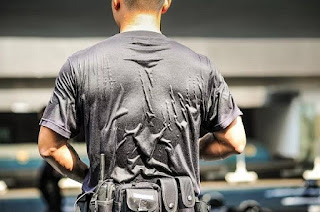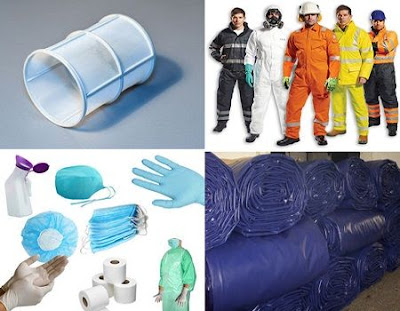The Truth about Moisture Wicking Fabric: Water Vapour Permeability and Liquid Moisture Management Properties

Sweating is a necessary physiological function that helps your body cool down before you get too hot. However, sweat stains on your clothes are unsightly, can embarrass you and, moreover, can make you feel hot, humid, and uncomfortable. If you like to exercise, then moisture wicking clothes are your first choice. The way and process of moisture wicking of clothes Clothes with moisture wicking so that they don’t get soaked with sweat. In order to improve the moisture comfort of your clothes, it is important to first understand the process of sweat passing through the fabric. In general, the process of transferring perspiration through a fabric consists of 3 steps: moisture absorption, spreading and quick drying. moisture absorption The first step of the wicking and quick-drying function is the wetting of the surface of fibre and fabric with perspiration. spreading The water absorbed by the fabric is diffused from the inner surface of the fabric to the outer surface, as well as the gra
